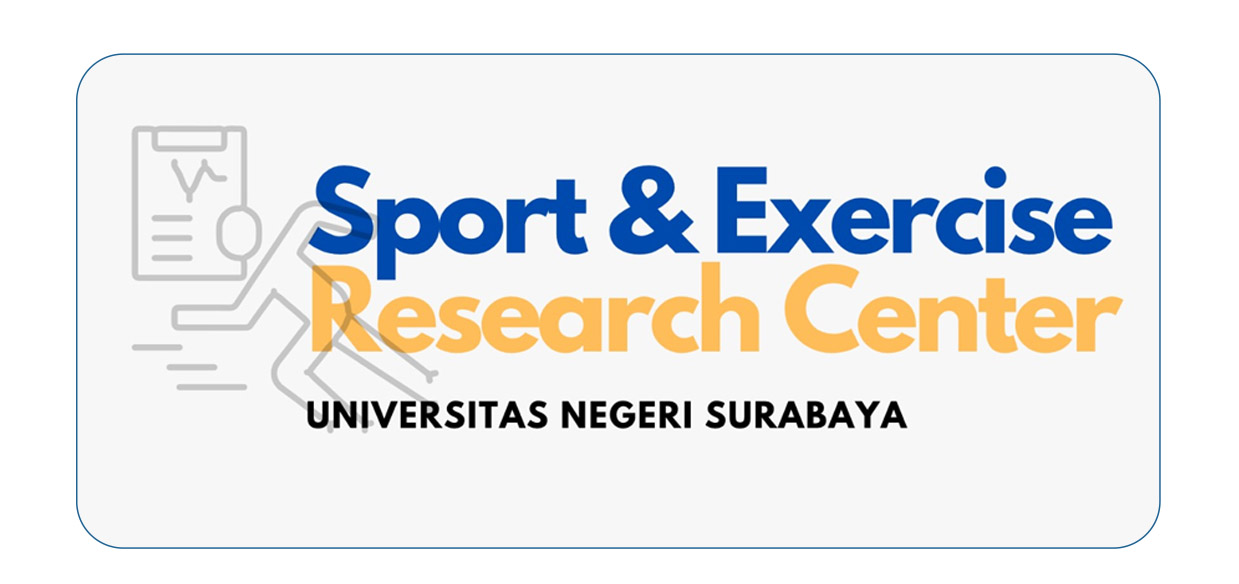Augmented Reality in Breaststroke Swimming: Improving Techniques and Skills
DOI:
https://doi.org/10.26740/jossae.v9n2.p113-120Keywords:
Augmented reality, breaststroke style, learning media, swimming skillAbstract
This study aims to assess the impact of Augment Reality (AR) media on breaststroke swimming skills in students of the Faculty of Sports, Sebelas Maret University Surakarta. The research method used in this study is a pseudo-experimental method. The research design implemented was a nonequivalent control group design. The study involved 30 students as subjects. Data collection in this study using breaststroke swimming skills test. The data analysis used was an intergroup t-test (independent t-test), which distinguishes breaststroke swimming skills between the experimental group and the control group. The experimental group received breaststroke swimming lessons using AR media, while the control group was taught breaststroke swimming with conventional methods. The results of this study indicated a significant difference in breaststroke swimming skills between the experimental group and the control group. Data were analysed using paired sample t-test and N-Gain Score. The results of this research showed the average results of the N-Gain Score calculation in the experimental group (60.6%) and the control group (30.6%). This shows that breaststroke swimming learning media using AR media is more effective than learning media with conventional media. The conclusion in this study is that learning breaststroke swimming using AR media has a significant effect on improving breaststroke swimming skills in students of the Faculty of Sports, Sebelas Maret University, Surakarta.
References
Arena, F., Collotta, M., Pau, G., & Termine, F. (2022). An Overview of Augmented Reality. Computers. https://doi.org/10.3390/computers11020028
Chen, S. Y., & Liu, S. Y. (2020). Using augmented reality to experiment with elements in a chemistry course. Computers in Human Behavior, 111(October 2019), 106418. https://doi.org/10.1016/j.chb.2020.106418
Connor, Y. O., & Mahony, C. (2023). Computers in Human Behavior Exploring the impact of augmented reality on student academic self-efficacy in higher education. Computers in Human Behavior, 149(March), 107963. https://doi.org/10.1016/j.chb.2023.107963
Hadi, A. J. (2023). Hubungan Antara Kecemasan dan Motivasi dengan Hasil Belajar Pembelajaran Renang Peserta Didik Kelas XI di SMA N 1 Wates. Universitas Negeri Yogyakarta, 47(1), 100950.
Haryanto, E. V., Lubis, E. L., Saleh, A., Fujiati, & Lubis, N. I. (2019). Implementation of Augmented Reality of Android Based Animal Recognition using Marker Based Tracking Methods. Journal of Physics: Conference Series, 1361(1). https://doi.org/10.1088/1742-6596/1361/1/012019
Istiningsih, I., Mukti, F. D., & Santoso, E. Y. N. S. (2020). Development of Augmented Reality (Ar) Learning Media of Natural Science Subject on Subject Matter of Water Cycle for MI Grade V Students. JIP Jurnal Ilmiah PGMI. https://doi.org/10.19109/jip.v6i1.5795
Muhayat, U., Wahyudi, W., Wibawanto, H., & Hardyanto, W. (2017). Pengembangan Media Edukatif Berbasis Augmented Reality untuk Desain Interior dan Eksterior. Innovative Journal of Curriculum and Educational Technology.
Nohantiya, P., & Putra, F. N. (2020). Development of Augmented Reality Based Crawl Swimming Learning Module For Students of The UNU Blitar Sport Education Study Program. Journal of Development Research. https://doi.org/10.28926/jdr.v4i2.154
Overbury, K., Conroy, B. W., & Marks, E. (2023). Swimming in nature: A scoping review of the mental health and wellbeing benefits of open water swimming. Journal of Environmental Psychology, Vol. 90. https://doi.org/10.1016/j.jenvp.2023.102073
Powell, L., Polsley, S., Casey, D., & Hammond, T. (2023). The Real-Time Classification of Competency Swimming Activity Through Machine Learning. International Journal of Aquatic Research and Education, 14(1). https://doi.org/10.25035/ijare.14.01.06
Putri, V. H., Sitoayu, L., & Ronitawati, P. (2021). Pengaruh media AR Book terhadap peningkatan pengetahuan dan sikap gizi seimbang pada anak usia sekolah. AcTion: Aceh Nutrition Journal. https://doi.org/10.30867/action.v6i2.380
Richards, C. T., & Clemente, C. J. (2012). A bio-robotic platform for integrating internal and external mechanics during muscle-powered swimming. Bioinspiration and Biomimetics, 7(1). https://doi.org/10.1088/1748-3182/7/1/016010
Syahrastani, Hidayat, H., Komaini, A., Gemaini, A., & Zulbahri. (2022). Smart Application for Smart Learning: How the Influence of the Factors on Student Swimming Learning Outcomes in Sports Education. International Journal of Interactive Mobile Technologies. https://doi.org/10.3991/ijim.v16i17.34365
Tuli, N., Singh, G., Mantri, A., & Sharma, S. (2022). Augmented reality learning environment to aid engineering students in performing practical laboratory experiments in electronics engineering. Smart Learning Environments, 9(1). https://doi.org/10.1186/s40561-022-00207-9
Yi-Ming Kao, G., & Ruan, C. A. (2022). Designing and evaluating a high interactive augmented reality system for programming learning. Computers in Human Behavior, 132(June 2021), 107245. https://doi.org/10.1016/j.chb.2022.107245
Downloads
Published
How to Cite
Issue
Section
License
Copyright (c) 2024 JOSSAE (Journal of Sport Science and Education)

This work is licensed under a Creative Commons Attribution-ShareAlike 4.0 International License.
 Abstract views: 361
,
Abstract views: 361
, PDF Downloads: 331
,
PDF Downloads: 331
, PDF Downloads: 88
PDF Downloads: 88








